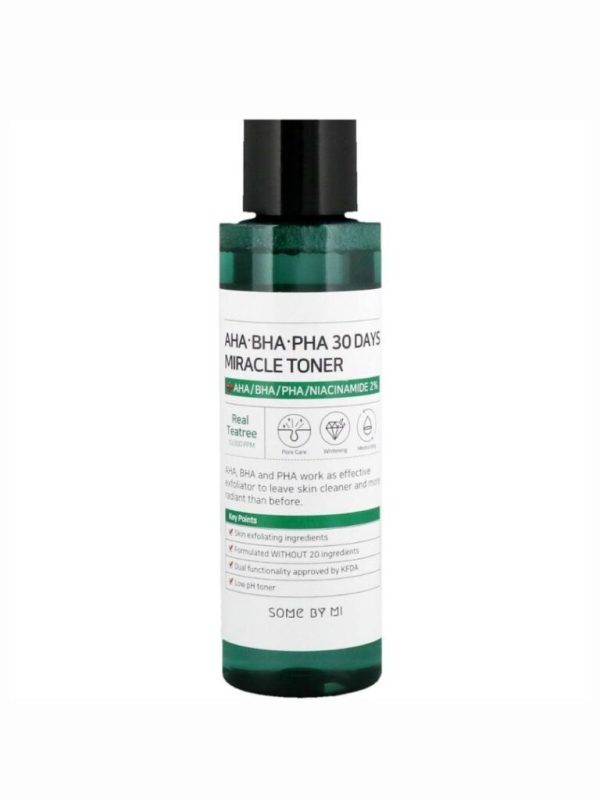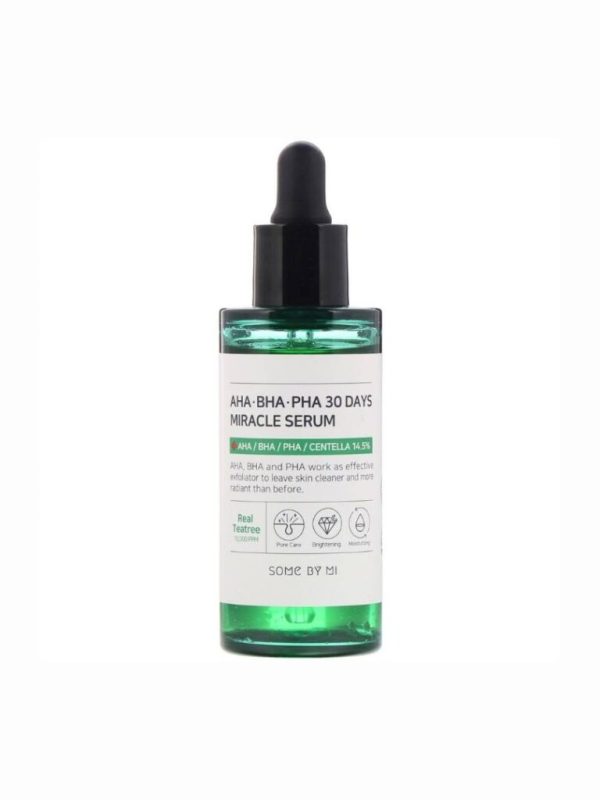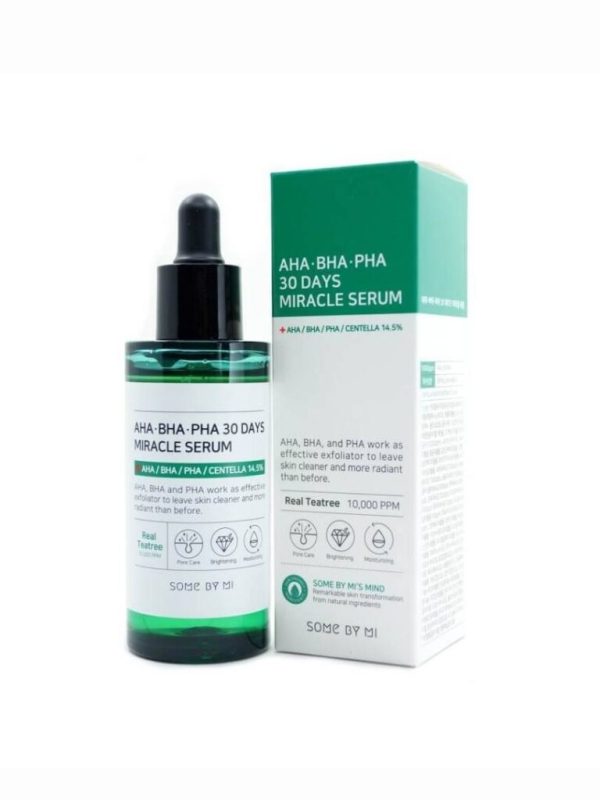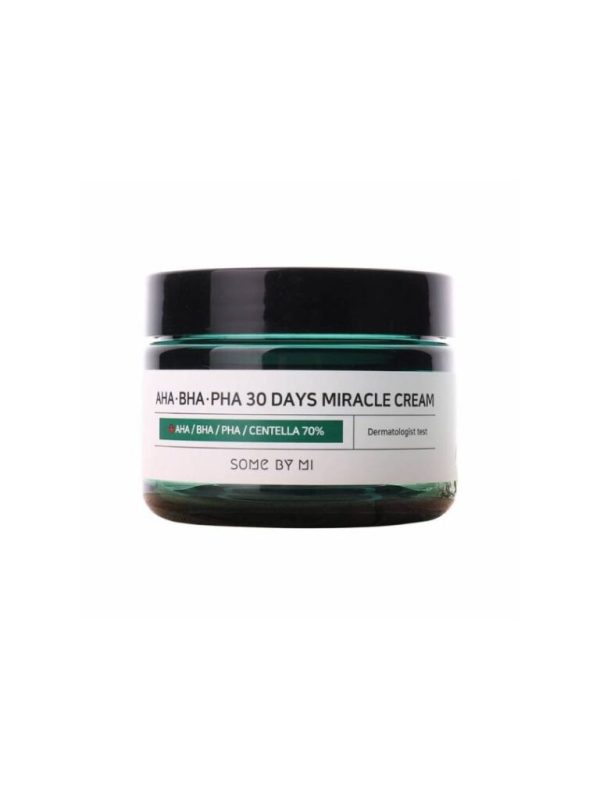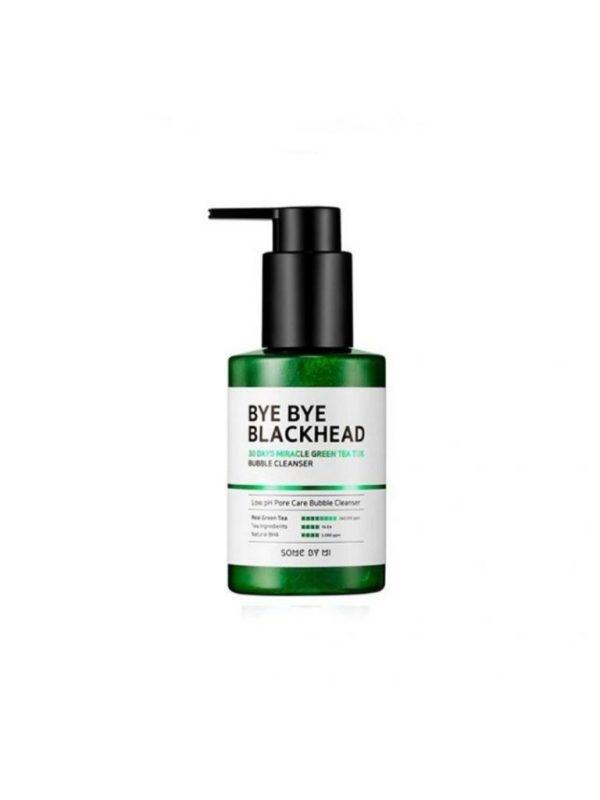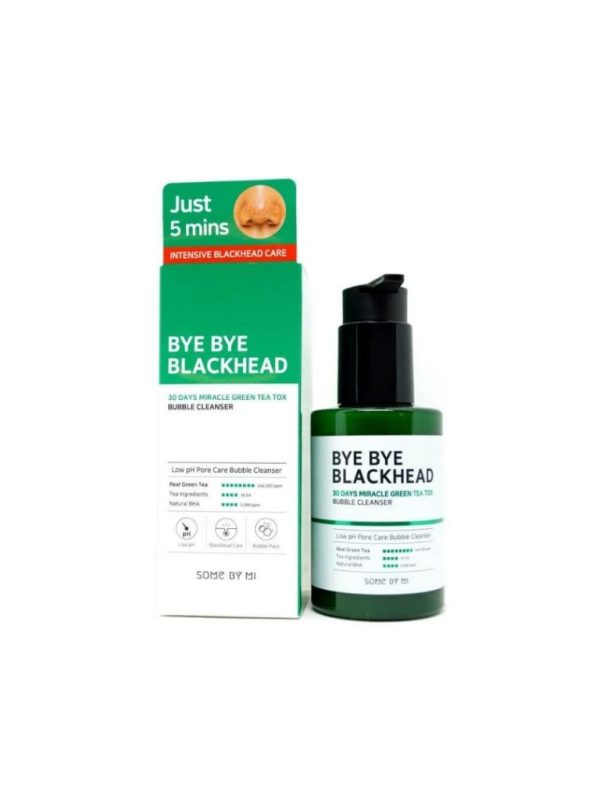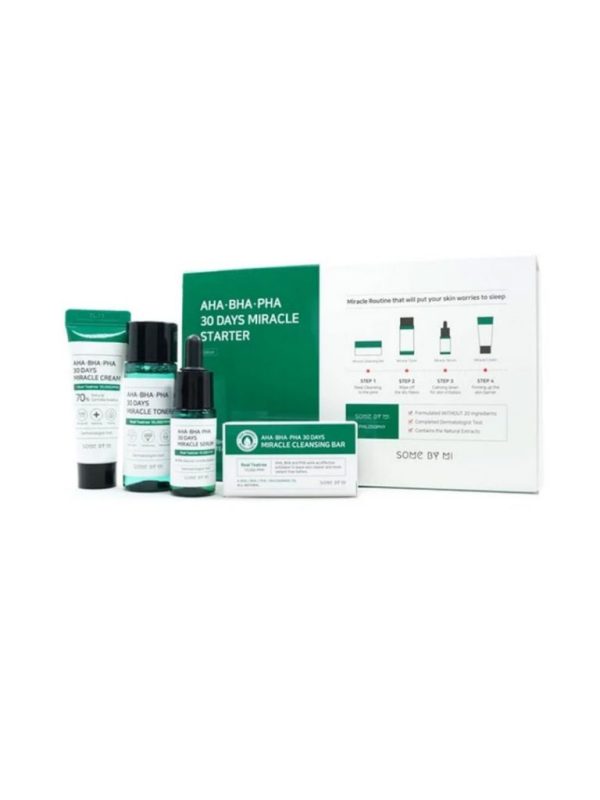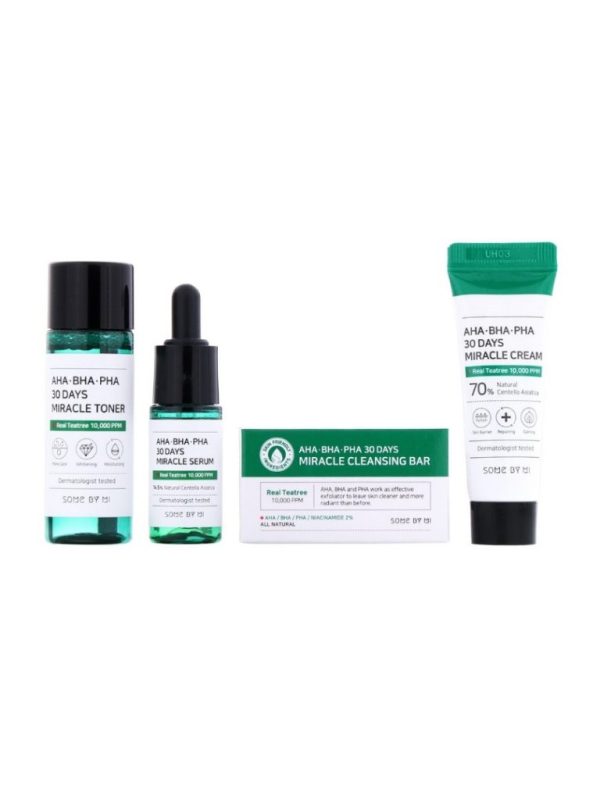AHA, BHA, PHA are acidic and work wonders for your skin!
It may sound a little scary at first, but believe us you do not need to be a scientist to find the right acid product that will suit your skin.
In the past, to do some acid treatment you had to go to a beautician or dermatologist, now a number of skincare brands have utilized the power of acids, so that we can use them alone (in lower doses in order to be safe for home use. ). The best you have not heard yet. Acids may be the answer to your most common skin problems such as acne, pigmentation, uneven skin tone and rough texture.
But let's put things in perspective. What do all these acronyms mean? The world of acids can be divided into three categories:
Alpha Hydroxy Acids (AHAs), Beta Hydroxy Acids (BHAs) and Outsider, Poly Hydroxy Acids (PHAs). If you are already using a product with acids, then surely the acids it contains will fall into one of these three categories.
Read below for an analysis of AHA, BHA and PHA for what they are, what they do and exactly how to use them in your skin care routine.
The AHA (Alpha Hydroxy Acid) family
These may remind you of something, as it is very likely that you will find an AHA hidden in one of your skin care products. AHAs are chemical exfoliators that can be extremely helpful for oily or oily skin when used on a regular basis.
The best in this category are glycolic acid and lactic acid. You can find them in serums, creams, cleansers and toners, depending on how high the dose you want to use (the smaller the percentage, the less powerful the formula). The Lime Moisture mild peeling gel is a mild cleanser with fruit acids.
Benefits of using AHA
AHAs can help with skin issues such as wrinkles, uneven skin texture and pigmentation. How do they do that? Essentially gnawing dead cells on the surface of the skin. You may feel a slight tingling sensation when you apply them, but you do not need to panic, they just do their job.
What is the difference between lactic acid and glycolic acid?
There is a big difference. Just because they belong to the same family of acids does not mean that they work the same way.
Glycolic acid is used for radiance or whitening treatments or as an anti-aging ingredient due to its ability to regulate melanin synthesis, accelerate the skin rejuvenation process and stimulate collagen synthesis in the deeper layers of the skin.
While, lactic acid 'is an unusual AHA. It is an ingredient identical to the skin and one of the main substances of the skin's natural moisturizing agent (NMF). It is used to prevent dry skin due to its ability to enhance the production of keratin cells (keratin-producing cells) in the skin. The best skin care products are based on L-lactic acid and not D-lactic acid, so keep that in mind when choosing the right product. It is popular in anti-aging and moisturizing skin care and can help improve uneven skin tone but without having properties that help whiten the skin.
So it depends on what your skin care priority is when it comes to choosing which acids to add to your routine. One of the main differences between the two, however, is that glycolic acid can cause problems and you need to gradually introduce it into your skin care routine. Lactic acid is ideal for people with sensitive skin, as it does not increase the sensitivity of the skin while with glycolic acid you have to be careful as its penetrating ability is very high.
Therefore, it is better to be cautious before buying a product with a high percentage of acids.
If you are not sure how your skin will react, we suggest that you start adding acids to your beauty routine with a cleanser if you are dealing with acne or with a serum or cream if you are looking for pigmentation until you see if your skin can handle it or no. To AHA, BHA, PHA 30 Days Miracle Cleansing Bar is a mild cleansing soap with fruit acids ideal for sensitive skin. The BFFECT AHA 30% + Mandelic Acid 4% Serum with fruit acids is ideal for pigmentation and freckles.
The BHA (Beta Hydroxy Acid) family
While these ingredients are chemically exfoliating, AHAs and BHAs treat different skin problems.
AHAs are ideal if you are concerned about aging skin, while BHAs are suitable for those who deal with oiliness and struggle with acne, pimples and apple (the small white spots that you sometimes see under the skin).
Benefits of using BHA
While AHAs are water soluble, BHAs are fat soluble, which is why they are ideal for those who struggle with fat in the T zone. They can penetrate under the oil that clogs the skin and in addition have antibacterial and anti-inflammatory properties. This helps to remove the scars faster and soothe any redness. The most popular BHA is salicylic acid. It can be found in many different formulas that target targeted therapies. Exfoliating with BHA containing salicylic acid really brings the ups and downs in the beauty routine, ridding the skin of dull cells without removing the skin's natural oils.
The PHA (Poly Hydroxy Acid) family
The underdog of the acid trilogy, the PHAs do not get the praise they deserve.
PHAs (Polyhydroxy Acids) are similar to traditional alpha hydroxy acids in that they both work by dissolving the "glue" that binds dull dead cells to the surface of the skin.
So what sets PHA apart? Their difference lies in their molecular structure. The molecules that make up PHA are much larger in size, which means that they can not penetrate the skin as deeply as traditional AHAs and BHAs. Instead, they work only on the surface of the skin without disturbing the sensitive layers below. This ensures optimal skin renewal with minimal irritation.
Benefits of using PHA
They are especially beneficial for those who find the other acids very strong. Even the most sensitive skin types can harness the power of PHA. Clinical studies have shown that they are suitable even for people with dry itchy skin or for people suffering from skin conditions such as eczema and atopic rosacea.
The most common PHA acids are gluconolactone, galactose and lactobionic acid.
It is recommended for people with very sensitive skin, especially those suffering from rosacea, to stay away from acids, but PHAs are different and can help reduce sensitivity and hydrate the skin.
If you have found that AHA and BHA are very strong for your skin, then it is time to invest in some products that contain PHA.
An alternative proposal for AHA and BHA.
One of the most intense skin care acids is Azelaic acid. It is different because it does not fall into the category of AHA or BHA.
It is produced from yeast that appears on our skin naturally and is the answer to many of the skin problems.
Azelaic acid has exciting benefits that make it an ideal choice for certain skin problems. It is a long-term, well-researched ingredient with proven benefits in reducing redness, inflammation, rosacea and red marks after acne. It has mild exfoliating properties, as well as some antibacterial and antioxidant benefits. Sounds too good to be true, eh? If you have rosacea it can help you significantly in controlling the condition. Studies have shown that azelaic acid can make a big difference in controlling the visible symptoms of rosacea, as well as helping to prevent and reduce the outbreaks associated with rosacea (often referred to as rosacea).
It may even help if you have acne without underlying rosacea. Like other acid-based exfoliators, it helps to cleanse the pores and smooth the surface of the skin, but its strong element is the visible reduction of rosacea and the weakening of the red marks that appear after each outbreak. It is a great alternative if you find that your skin can not tolerate AHA or BHA or if your skin needs an extra boost, use it with your favorite chemical exfoliator. It may sound strange to use an AHA or BHA exfoliator with azelaic acid because it also has exfoliating properties, but its ability to exfoliate is not as effective as AHA or BHA. For some people, peeling with azelaic acid may be enough, others due to sun damage and clogged pores prefer to use AHA or BHA along with azelaic acid for even better results.
Remember to always apply sunscreen SPF after using the acids.
As with all acids, do not forget to wear your sunscreen in the morning after chemical exfoliation as the skin will be particularly sensitive to UVA rays.
SPF is important if exfoliating treatments are applied to the skin, e.g. AHA, BHA. The skin is more prone to damage and discoloration after these types of treatments and the pigmentation can potentially worsen if SPF is not applied.
Showing all 6 results
Showing all 6 results


